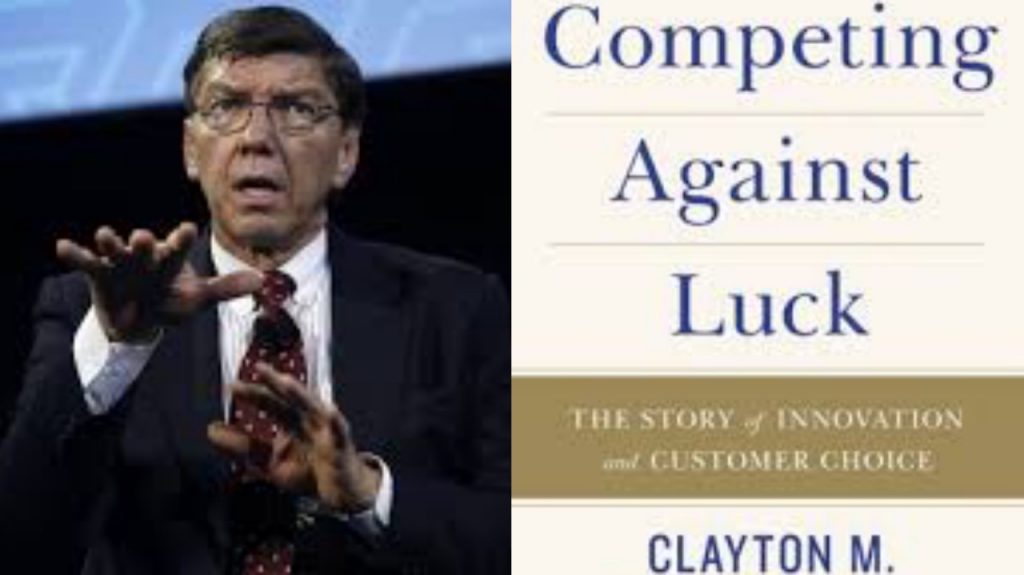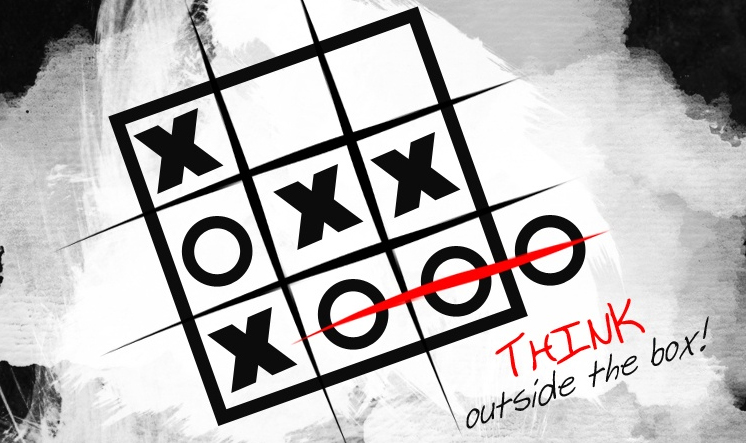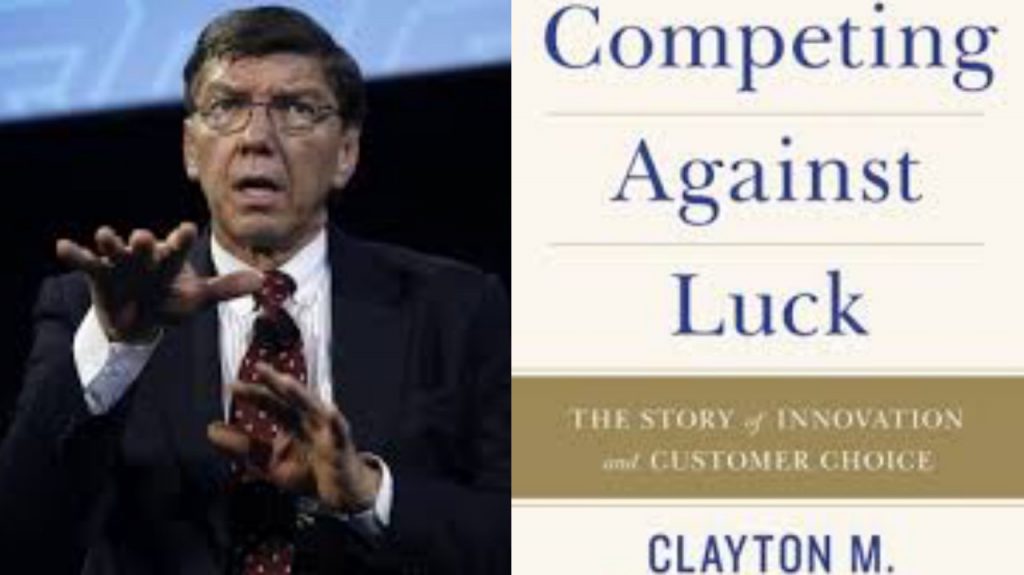I’ve written before that social media strategists need to behave like clever newspaper editors – concentrate on giving their customers the information and entertainment they want. If that’s done properly business objectives will follow.
Coincidentally, last week, this is further explored in a new book by Clayton Christensen (who invented the term ‘Disruptive Innovation’) called “Competing Against Luck.” You can read a Forbes review here.

As Christensen writes in the book, under the Old Way (my caps), “You think you know just what your customers would like, but in reality, it can feel pretty bit or miss. Place enough bets and – with bit of luck – something will work out.”
The Old Way: The traditional approach for social media engagement is to give our audience the information we want them to receive to help meet our business objectives. We can disguise this (and kid ourselves), and it happens all the time, by saying we give people what they want, as long as it meets our business criteria. This is flawed.
The New Way: This aims to give them the information they want. The difference appears subtle on paper, but in practice can be profound.
People want the information and entertainment that will satisfy their functional, emotional and social needs, says Christensen.
The Old Way only serves their functional needs and anything else that works often does so because of pot-luck. This makes sense – a newspaper that only published what it’s advertisers want would have narrow appeal.
e.g. NFPs
Let’s say our current needs from our social channels are to promote our services and fundraising (common across the not-for-profit sector). The Old Way is to publish lots of stories about what we do (our services) and events (fundraising). This is disguised as customer-focused by using fairly corny publishing tricks: asking questions, lots of photos/videos, measuring engagement, etc. However, following Christensen’s thesis, this satisfies a functional need, but that is only part of it.
What about our audience’s emotional needs, which includes a host of other issues to do with: raising a family, stress; fear around financial issues; fear for the future, concern for siblings; addressing my guilt, my anger; promoting happiness, love?
What about social needs: does this channel satisfy my sense of community, fear of being alone, support when we need it, compassion & empathy?
These are the issues newspaper editors face, and so should social media strategists. Practically, these means we are posting a much greater variety of stories – stories that connect with people.
Which site (or organisation) would you prefer to retain for its services, and donate to, the Old Way or the New Way? The New Way engages with people holistically, and the resultant loyalty caters better to our business needs (promoting our services and fundraising).

e.g. For Profits
Say we are selling a food, a range of vitamins. Some sites promote the functions of our products; to talk about hero products, specials, the health benefits, the efficacy of different products.
Others speaks to our audience in a completely different way. What is our audience’s emotional needs: to do with weight anxiety; to do with wellbeing (wellness); happiness, love, success?
What about social needs: a sense of shared issues; a feeling of community, of belonging; family and aging; and more?
These holistic nuances can, to an extent, be plumbed in a brand analysis and other surveys, which larger companies can afford. But on one day I will be in love, the next I will be angry, and on another day I will be stressed-out buying a car, none of which is captured in a survey.
So we have to start by taking this different approach, and assessing and reviewing as we go; we test our market the same way television stations and newspapers do, trial-and-error.
If you look at Blackmores Facebook channel you can see hints of the outcome. Compare Blackmores Facebook to Nature’s Way (with its narrower focus) to see the difference; a more holistic approach.
e.g. Restaurants
The concept is illustrated with their behaviour (not their social sites):
- Function – good food
- Emotional – ambience
- Social – greeting on seating; friendly wait-staff
= loyalty
Make love, not war
Our competitors succeed because of our failure to successfully reach our shared customers. Again, the best way to defeat them is to provide the people, whose loyalty we are fighting over, with information and entertainment that better serves their functional, emotional and social needs.





